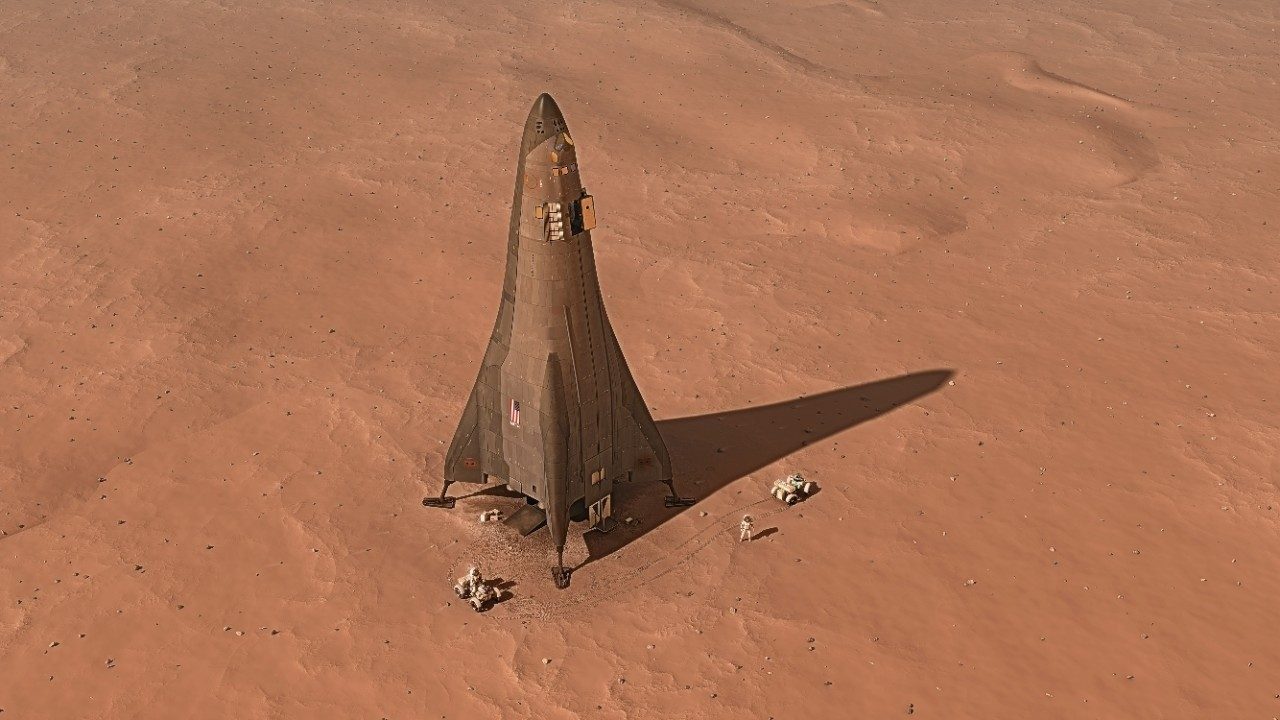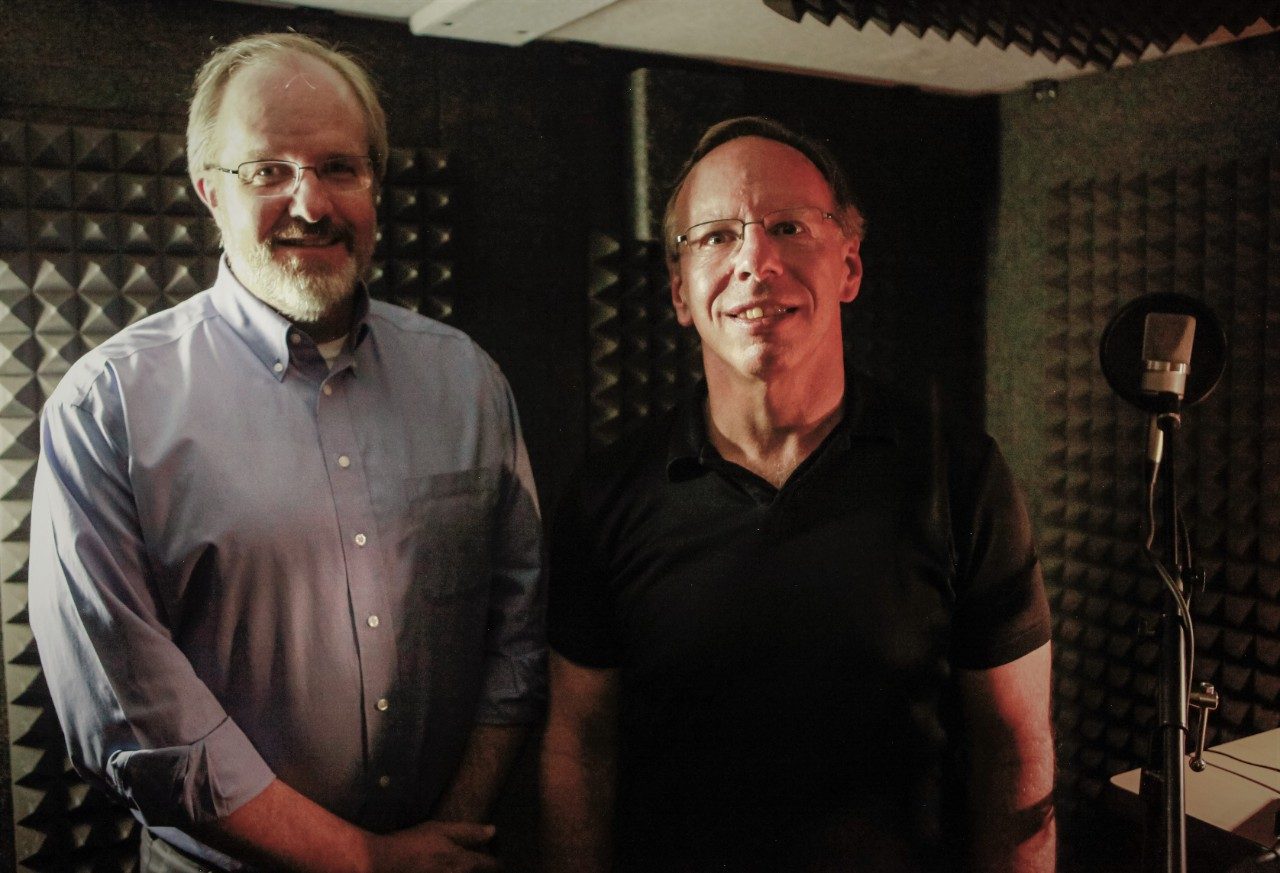Galileo caught the first telescopic glimpse of Mars in 1609. Over the succeeding centuries, continuing scientific advances have brought us closer to understanding the planet that could almost be considered Earth’s rocky and ruddy sibling. With surface similarities that include an atmosphere, a tilted axis and seasonal variations, Mars offers a likely place to seek answers to an ancient question—how did the Earth—and rocky planets like it—form? That’s one of the tasks facing the Lockheed Martin-designed and built InSight lander—short for Interior Exploration Using Seismic Investigations, Geodesy and Heat Transport—now that it has safely landed on Mars.

InSight launched May 5, 2018, but we have been part of InSight’s journey from its inception in 2010 all the way to its scheduled arrival on Mars’ surface on November 26, 2018, and through its two-year exploration mission. As the prime contractor for InSight, we designed, built, and tested the spacecraft. But the work didn’t end there. Our role also includes leading the cruise stage after launch all the way to Entry, Descent and Landing (EDL) on Mars, and during surface operations.
Lockheed Martin designed and implemented the EDL process. This phase brings InSight from the top of Mars’ atmosphere to its landing spot on the smooth plains of the near-equatorial Elysium Planitia region. Key design features include the aeroshell that protects the lander during its entry into Mars’ atmosphere and the propulsive landing system that guides InSight to a soft, precise landing.
Once on Mars, the Mission Support Area (MSA) in Denver will continue to support the lander’s overall health and the collection of scientific data for the science partners from InSight’s sophisticated geophysical instruments as they delve deep beneath the surface of Mars for the first time. The goal—unlock the 4-billion-year-old code of how terrestrial, or rocky, planets, including Earth, form, as well as measure the planet’s “vital signs,” including its “pulse” (seismic activity and meteor impacts), “temperature” (geothermal heat flux) and “reflexes” (precision tracking of rotational variations). What is unique for this mission is that Lockheed Martin will also operate the Mars Reconnaissance Orbiter and the Odyssey orbiters as they send back vital information via UHF communications relays about the lander’s health and mission overall.

The team's skills and expertise have produced a host of proven technological advances that have helped past Mars missions succeed and are driving the success of InSight. Mars is one of the most difficult places to land in the solar system because of its thin atmosphere, difficult terrain, and unpredictable winds. Here’s a closer look at how Lockheed Martin is using that proven technology to meet those challenges:
- Aeroshells – The InSight aeroshell is the ninth aeroshell entry system Lockheed Martin has built for NASA’s Mars missions. The gray cone-shaped backshell, together with the heat shield, combine to form a protective aeroshell around InSight on its journey to Mars.
- Propulsive Landing – Lockheed Martin pioneered propulsive landing technology, which uses descent engines to slow the lander to just 5.5 mph and achieve a soft, landing.
- Phoenix Lander Heritage – The successful 2007 Phoenix mission, including its cruise, entry, descent and landing sequence, demonstrated the capability for safe landing on Mars.
Lockheed Martin also has adjusted InSight’s equipment to advance the lander’s capabilities, including:
- X-band Communications -- RISE (Rotation and Interior Structure Experiment) is an X-band Doppler tracking experiment designed to measure Mars’ rotational variations.
- Solar Arrays – Provided by Northrop Grumman, these arrays feature two “wings” that unfold like a round fan. The design minimizes weight and packaging size while maximizing the energy needed during the life of the mission. These are also the largest solar arrays for any Mars mission.
In addition, InSight was designed with energy management and efficiency in mind. InSight contains nearly half a mile of electrical harness (comprised of over 4,000 individual wires and 218 connectors) and, on average, consumes just 40 watts of power, the equivalent of the standard lightbulb in your house. To save even more power, the lander spends most of its time “asleep,” with the majority of its systems unpowered and consuming a meager 15 watts of power while the instruments sit on the surface and gather science data.
NASA returns to the Red Planet with InSight, the first-ever mission to peer beneath the Red Planet’s surface and examine its interior in addition to measuring seismic activity and meteorite impacts. While InSight’s mission is new, Lockheed Martin’s connection to Mars exploration is not. We have been a leader in Mars research, development, and operations from the beginning and the only company to travel to Mars in 2018.
Lockheed Martin has built propulsive landers since NASA’s inaugural Viking missions to Mars in the 1970s and has participated in every NASA mission to the planet since. InSight will be NASA's 21st Mars mission and the 11th Mars spacecraft Lockheed Martin has manufactured. That extensive experience means that our engineers built InSight with the most advanced technology and lessons learned from previous Mars missions.
Capitalizing on the proven capabilities of the Mars Phoenix Lander’s successful 2007-2008 mission, InSight takes advantage of its predecessor’s reliable structure and systems design—from the protective aeroshell to the propulsive landing system. It’s a strategy that not only provides cost savings but also reduces risk. But Lockheed Martin engineers have gone farther, integrating state-of-the-art components that include the latest avionics technology and advanced scientific instruments from international partners.
InSight will provide new and unique scientific knowledge about Mars itself, but the mission—like the others before it—is also advancing the goal of sending humans to Mars in the not-so-distant future. Understanding the Martian environment—from its raging dust storms to its lethal UV radiation—is critical to keeping equipment operating—and ensuring that astronauts are healthy and safe.
The 2001 Mars Odyssey analyzed the radiation environment on Mars to determine risks for future human explorers, while the MRO continues to search for water sources that could support them. Other missions like MAVEN (Mars Atmosphere and Volatile EvolutioN) gather information on the impact that Mars’ upper atmosphere might have on a manned spacecraft approaching the planet. On Earth we continue to explore advanced techniques needed to land heavier spacecrafts that will carry humans, their gear and supplies, and the fuel needed for the 60-million-mile-plus roundtrip.

The InSight Team
InSight may be a robotic mission, but it takes people to make it work. At Lockheed Martin, that team includes an array of talent, from the engineers—systems, avionics, electrical and more—to the Assembly, Test and Launch Operations (ATLO) team that builds the spacecraft to the Mission Support Area (MSA) team that “flies” InSight.
In addition, the Lockheed Martin team is a part of the larger Discovery-class team. NASA's Jet Propulsion Laboratory (JPL) in Pasadena, Calif., serves as mission manager and principal investigator; the science team is also based out of JPL. Several European partners, including Centre National d'Étude Spatiales (CNES) of France, the German Aerospace Center, and Spain’s Centro de Astrobiologia (CAB), are also supporting the mission—making InSight truly international.

Flying spacecraft has got to be one of the best jobs on Earth. Piet Kallemeyn, Spacecraft Team Lead, and Timothy Martin, Propulsive Landing Expert, talk about Lockheed Martin’s role in support of the InSight spacecraft, and dive into the topic of propulsive landing. Listen as they share many fascinating and little-known facts that accompany this robotic exploration effort.




